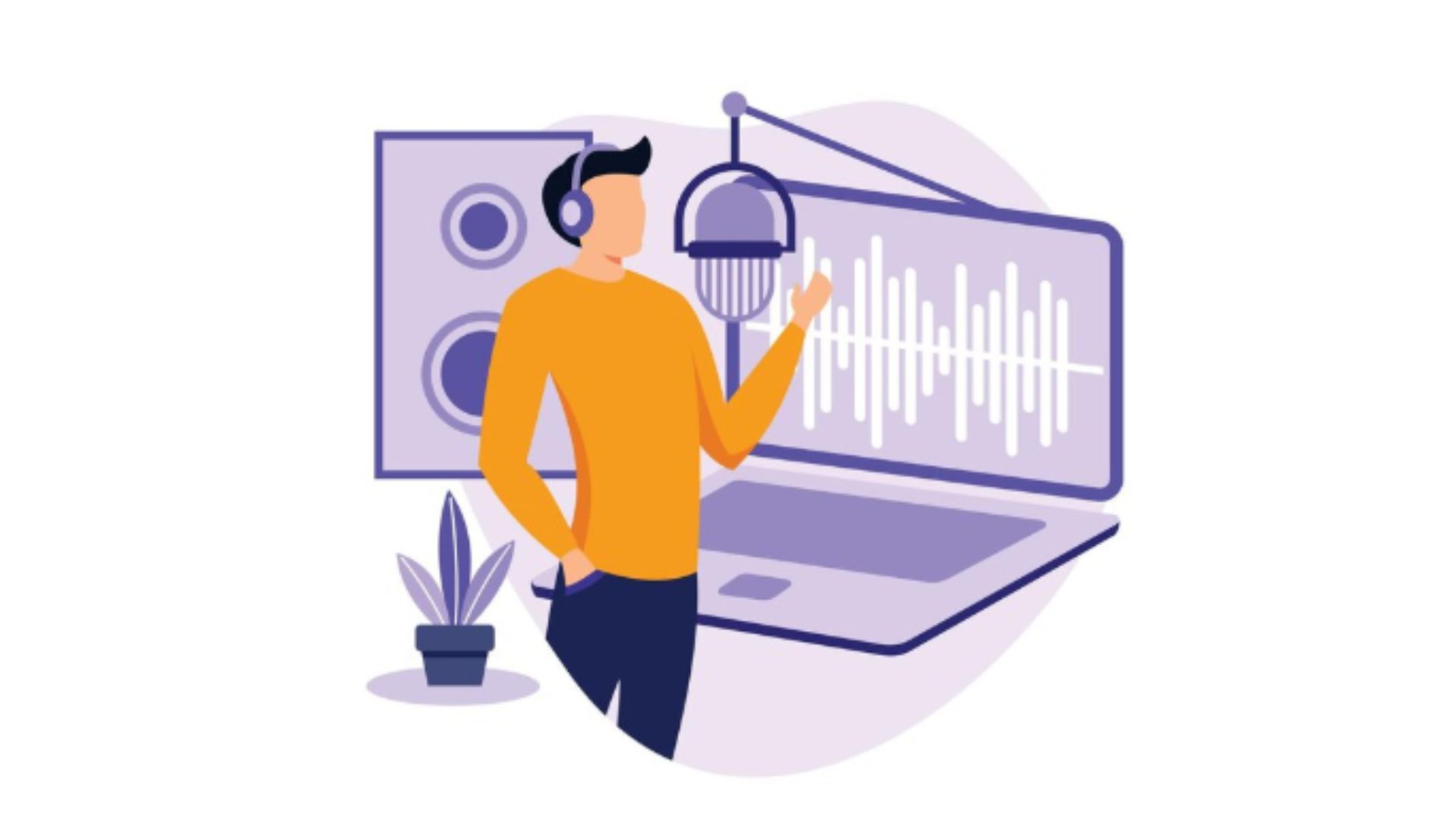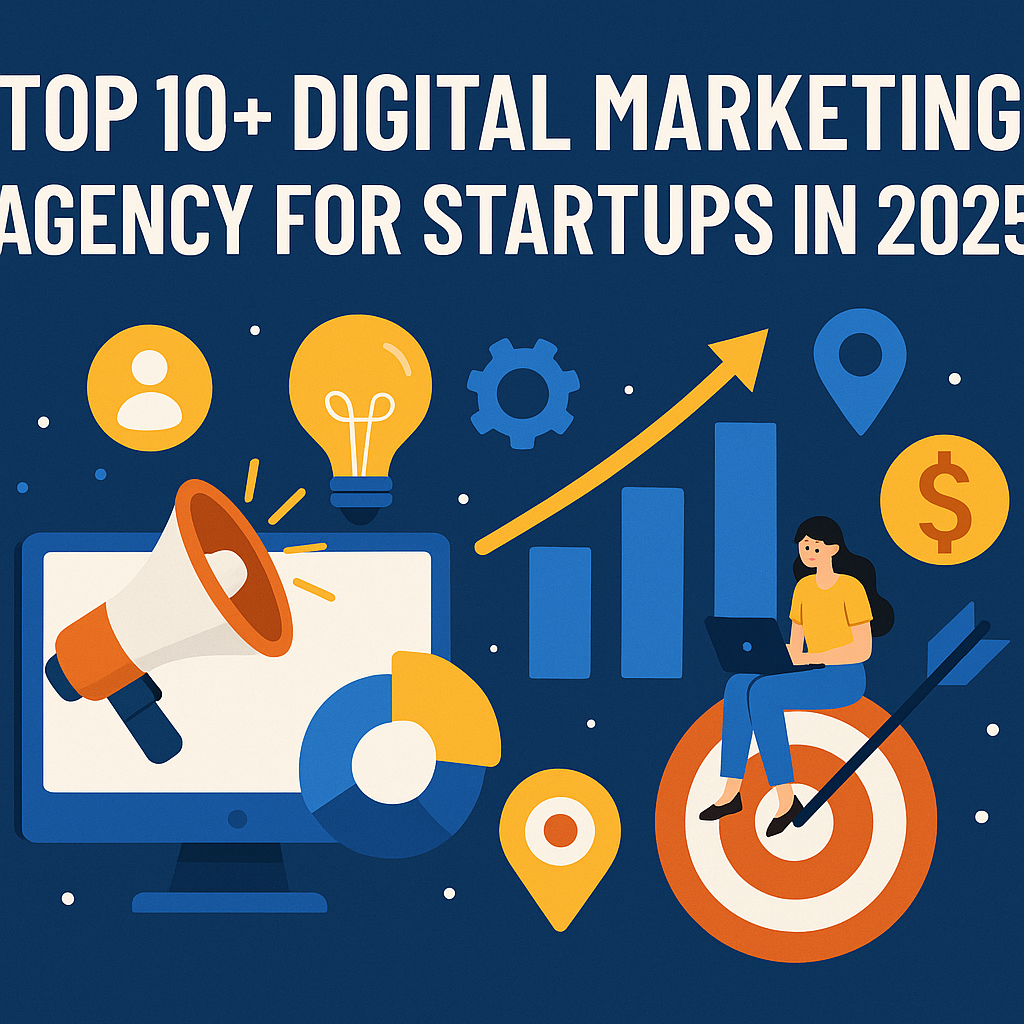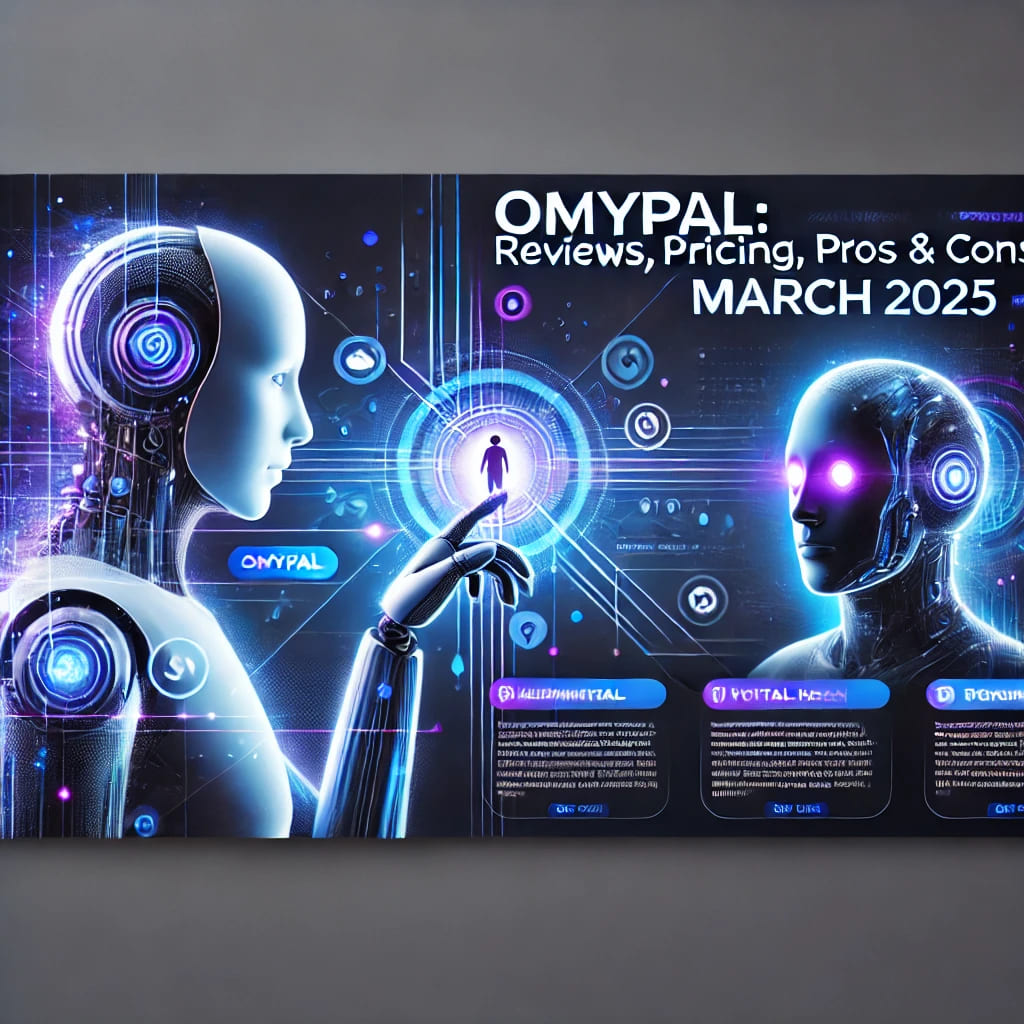 DA 70+ Guest Post Placements – Elite Authority at Your Fingertips!
DA 70+ Guest Post Placements – Elite Authority at Your Fingertips!
Understanding NLP and Machine Learning in AI Chatbots
Written by John » Updated on: February 10th, 2025

AI chatbots have changed how businesses and individuals interact online. They provide automated responses, assist with inquiries, and improve user engagement. Two main technologies that make this possible are Natural Language Processing (NLP) and Machine Learning (ML). These allow chatbots to communicate in a way that feels natural rather than robotic.
The Role of NLP in AI Chatbots
NLP allows chatbots to process and respond to human language in a meaningful way. This involves breaking down sentences, identifying key phrases, and determining the intent behind messages. While basic chatbots operate using predefined responses, those powered by NLP can adapt to different conversation styles.
Key Components of NLP in Chatbots
Tokenization – Breaking text into individual words or phrases.
Sentiment Analysis – Determining the emotion behind a message.
Entity Recognition – Identifying names, dates, locations, and other specific data.
Intent Recognition – Understanding what the user wants from the interaction.
By incorporating these components, AI chatbots can respond more accurately and naturally.
Machine Learning’s Contribution to AI Chatbots
Machine learning allows AI chatbots to improve their responses over time. Instead of relying solely on pre-programmed scripts, they analyze past interactions and adjust their responses accordingly. Through ML algorithms, chatbots recognize patterns, refine their accuracy, and predict user needs.
Supervised vs. Unsupervised Learning in Chatbots
Supervised Learning – Chatbots are trained using labeled data. They learn to associate specific inputs with correct responses.
Unsupervised Learning – The chatbot processes data without predefined labels, finding patterns on its own.
In comparison to traditional rule-based chatbots, those using ML continuously improve. They do not require manual updates for every possible user query.
Why NLP and Machine Learning Work Together
NLP and ML complement each other to create advanced AI chatbots. While NLP focuses on language comprehension, ML ensures ongoing improvement. Without NLP, chatbots struggle to interpret user messages correctly. Without ML, they remain static and fail to improve with experience.
Challenges AI Chatbots Face
Even though AI chatbots have advanced significantly, challenges still exist. Some common issues include:
Context Misinterpretation – Chatbots may struggle with ambiguous phrases.
Lack of Emotional Intelligence – While sentiment analysis helps, chatbots do not always grasp emotions accurately.
Data Privacy Concerns – As chatbots collect data to improve, privacy regulations must be followed.
In spite of these challenges, businesses continue to adopt AI chatbots for customer support, sales, and other applications.
Practical Applications of AI Chatbots
Companies across various industries use AI chatbots for different purposes. These include:
Customer Support – Handling inquiries, processing refunds, and troubleshooting issues.
E-Commerce – Assisting customers with product recommendations and purchases.
Healthcare – Scheduling appointments and providing basic medical advice.
Banking – Offering account support and fraud detection alerts.
In particular, businesses that rely on real-time interactions benefit the most from AI chatbots.
The Future of AI Chatbots
As technology progresses, AI chatbots are expected to become even more sophisticated. More advanced NLP models will allow chatbots to understand complex conversations better. At the same time, improved ML algorithms will help chatbots learn from fewer interactions.
One notable development in AI chatbots includes Rubii AI, which integrates NLP and ML to provide seamless conversations. This technology demonstrates how AI chatbots are evolving to handle more nuanced interactions.
Keeping Up with AI and Tech Advancements
With rapid advancements in AI, staying informed is essential. The latest AI and tech news often highlights breakthroughs that improve chatbot functionality. By staying updated, businesses can make informed decisions about incorporating AI chatbots into their operations.
Conclusion
NLP and Machine Learning play a crucial role in AI chatbots. These technologies enable chatbots to interact with users in a more natural and intelligent manner. While challenges exist, ongoing advancements continue to improve chatbot capabilities. AI chatbots are becoming an essential tool for businesses, providing efficient and effective communication solutions.
Note: IndiBlogHub features both user-submitted and editorial content. We do not verify third-party contributions. Read our Disclaimer and Privacy Policyfor details.
Copyright © 2019-2025 IndiBlogHub.com. All rights reserved. Hosted on DigitalOcean for fast, reliable performance.














